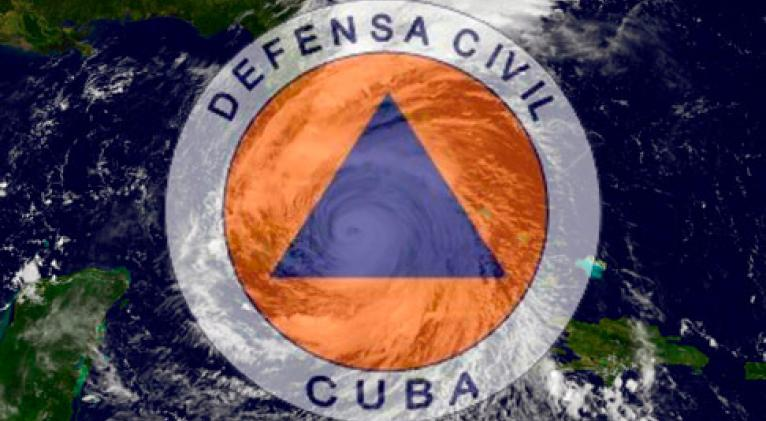Cuban Civil Defense: protection, preparation, and response to tropical phenomena
Camagüey, September 20. -The responsibility to mitigate risks, respond to crises, and ensure effective recovery is at the heart of the preventive work carried out by the Cuban Civil Defense in the event of natural disasters or exceptional situations.
During the hurricane season, which runs from June 1 to November 30, this integrated system, comprised of all the forces and resources of society and the State, has the mission of protecting people, their property, as well as the country’s social infrastructure, economy, and natural resources.
Every year, the passage of tropical phenomena through the Caribbean region tests the capacity and courage of the men and women who make up this organization, created by the Revolution and formalized on July 11, 1966. Its emergence was a response to the traumatic experience of Hurricane Flora, which struck eastern Cuba on October 4, 1963.
This meteorological phenomenon made landfall on the southern coast of the then province of Guantánamo, with maximum sustained winds of approximately 165 kilometers per hour, classifying it as a Category 2 hurricane on the Saffir-Simpson scale. No one could have imagined that, in the following hours, this event would shake the country, causing the second largest natural disaster in Cuban history, surpassed only by the hurricane of November 9, 1932, in Santa Cruz del Sur, in the province of Camagüey.
Flora’s slow and erratic movement caused its center and much of its circulation to remain over the former provinces of Oriente and Camagüey for almost five days. This brought intense rainfall to an area of ??approximately 63,000 square kilometers, causing flooding and devastating numerous towns and communities due to the flooding of rivers and streams that reached unprecedented levels.
The tragedy of Hurricane Flora cannot be remembered without mentioning the presence of Commander-in-Chief Fidel Castro Ruz, who led the rescue and salvage operations on the scene of the emergency alongside other senior leaders of the Revolution. His leadership was instrumental in coordinating the actions that saved lives and minimized damage.
Since then, the activation of contingency plans, early warning alerts, evacuations in high-risk areas, the operation of protection centers, and constant communication with the population have been essential measures of the Cuban Civil Defense. These actions seek to maintain calm, provide clear and timely information, and guarantee the safety of the population in the event of any emergency.
Since its creation, the Cuban Civil Defense has demonstrated that preparedness and early response are key to reducing the impact of weather-related phenomena in the Caribbean region. The protection of people, their property, and natural and state resources remains a priority, reaffirming the country’s commitment to the safety and well-being of its population in the face of natural risks. (Take from Radio Cadena Agramonte)


